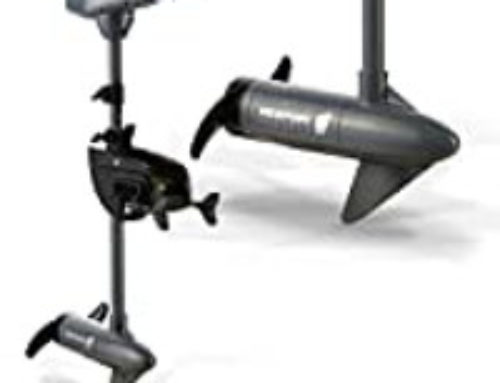Fishing Shallow Water For Bluegills
Spring is over, the lakes in the Midwest are warming up, and the large Bluegills are in the shallow water feeding and beefing up for the spawning season.
In lower parts of the Midwest the Bluegill Spawning Season has begun already and the Gills are on the beds, but in the Upper part of the States you will find the large Bluegills still in shallow bays, preparing for the spawn.
Why Are The Males Feeding Heavily?
Let’s look at how the relationship works in the Bluegill reproduction cycle. We begin by the females developing the eggs, two large sacks, developing through late Winter and Spring. As the water temperatures get above 65 degrees F, the Males start to move into the shallow areas that are ideal for making spawning beds. The Males then make round impression on the bottom by fanning their fins and preparing the beds for a females. When the females are ready they will come unto the beds, drop the eggs as the males fertilize them. The Males then stay on the beds to protect the eggs and keep the water oxygenated. Once the eggs are hatched the Fry and Males leave. Note, the Male Bluegill does majority of the work during the spawning period and does not eat much.
This is why you find the Males feeding aggressively in the shallow water right before spawning. The reason they are so easy to catch when they are on the beds is not because they are feeding, but rather they are attacking anything that comes near, such as a spider.
Tips You Will Want To Know – Once You Find The Males Feeding
Once you find the large Males feeding you are very close to where they will be spawning. So over the next few days or week keep looking until you have found the beds.
If you are catching the large male gills the females are not far away. The females typically are just of the drop off waiting for the right time to come in. I prefer to focus on the males, releasing all females until after they have laid their eggs.
Tips You Need To Know- When The Females Are On The Beds
If you’re fishing the spawning beds and they are occupied by the females (waiting for the eggs to drop) you will find it difficult to catch them. You can use a Wet Fly/Ant (sinking bait) and catch them, but not recommended, let them spawn.
If you want to catch the males you can either come back later when the males are back on the beds or back off to the edge of the drop-off, as the males will not be far, waiting to get back on the beds (use a wet fly/ant). You will find the males are very easy to catch when they are on the beds (use a dry fly).
Best Bluegill Bait to use during the Spawning Cycle
So what is the best bait to use during the Spring Spawning Season? Well it’s easy if you have a fly rod, if not I suggest you take a spinning rod a place a dry or wet fly 2 feet behind a small bobber. Here are the 4 different cycles and recommended baits!
1. Males Feeding In Shallow Water Before The Temps Are Right For Spawning Beds
Use a dry fly (spider), nothing will compare to this. With a dry fly you can move quickly with ease and find the Big Bluegills feeding. Many times their feeding spot will be very concentrated (small area) and outside this boundary you will not catch them, so use the fly rod and check every few feet. You will struggle with Worms and Wet Flies/Ants.
2. Females Off The Drop-Off
Use a wet fly (ant) or worm. The females are not as aggressive as the males so they will tend to stay down, using an ant or worm works best. I prefer the Ant!
3. Females On The Beds
You will need to use a wet fly (ant) to catch them. When fishing females on the beds your bait will need to drop onto the bed (resting on the bottom), forcing the female bluegill to pick it up and remove it, this is when you set the hook.
4. Males On The Beds
when the Bluegill Males are on the beds you will not find a more exciting time, the action is unspeakable. Watch the video and see action in slow motion! For catching these aggressive males go with the dry fly (spider), nothing else will compare. See how to make these spiders for pennies (quick & easy).








